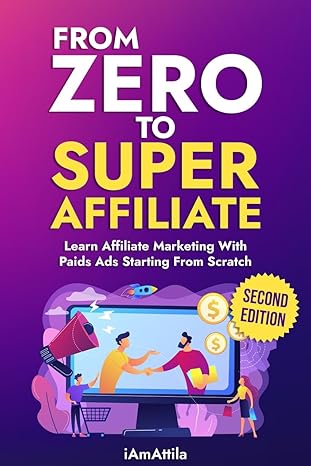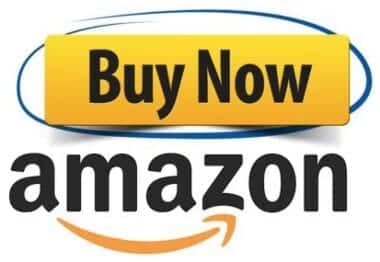A quick 4 step guide to scaling your FB Ad Campaigns so they remain profitable
It only comes naturally that highly optimized campaign that’s performing well at a $50 a day budget should perform well at $250 a day. Because why shouldn’t it? It makes sense; well it did at least to me a couple of times. But there is a deeper level to it that once you figure out, makes perfect sense and actually shows you a way to successfully scale up any ad campaign, not just linearly but exponentially as well. Let’s get into it.
The biggest trick to scaling is to think of your campaign as a marathon, not a race. When you set up a campaign, Facebook serves your ads to the audiences with the best chances to convert. Facebook acts just like a good gym coach and starts you off slow, with 80 pounds on the bench press and have you do it properly with high success rate. But being motivated and ambitious, you ask your coach to put on 240 for the second series. How do you think that goes? You can try it, and there is even an off chance it would work, but most of the time, you will struggle and eventually give up after too many fails. Well, the same logic applies to the ad campaigns as well. In the example above, there are four things, four angles of thinking to phrase it better, you need to change in order to make that transition.
I also write another guide on how to scale FB Ads quickly using 8 different adset settings; read it here.
1. Proper analysis and conclusions
Before you make any changes to your campaign, make sure you have a good understanding of the existing data. A great example would be a realization that your ads perform better in the afternoon rather than in the morning. Dive deeper into the CTRs, CPAs, and other data and draw conclusions that are relevant. Find the elements that are not performing well and optimize them. This is the easiest step of the four but you have to keep repeating it all the time. Make an informed decision and see how it affects your campaign over time.
2. Incremental budget and audience scaling
This is where gym comparison makes perfect sense. Slow increments are the way to go. When you can lift 80, go for 95 and see how that feels. Stick there for a few days and see if that’s the weight you can work with consistently. In fact, I would recommend going as low as %15-25 increase in both your budget and audience when looking to scale your ad campaign. Here is what happens when you increase your daily budget substantially. Remember the first audience Facebook served you ads to? Well, that’s an optimal audience for the parameters you set. But significantly higher budget means your ads are now being shown to the audience that’s not as optimal and the efficiency of your campaign drops. It may not seem to you like a big deal at first, but as soon as you scale it one step higher, you will see that your math no longer ads up, 1+1 does not equal 2.
Here is the way to do it properly
- Increase the daily budget by 20%
- Wait
- Repeat step 1 (analyze the change; optimize the elements that are not performing well)
- Wait
- Not working? Back to step one
- Working, Increase your budget another %15-25
- Go back to step 1
This is a simple process but it makes a drastic change in your scaling results.
3. Optimization
I’ve mentioned this a couple of times already; optimize the elements that don’t work. Your ad campaign is reliant on a couple of things, budget, audience and of course, ads themselves. The first thing you need to realize is that no matter how good it is, every ad has a shelf-life. It means that it can only work for a set amount of time and then it will simply become stale, performing with less and less efficiency until eventually goes completely dry. Your job is to not make that happen. Optimize your ads by making adjustments necessary to keep it at peak performance. Test out different elements (background, font, text, video, whatever elements it consists of) and keep doing it in order to increase the longevity. Through this process, you effectively eliminate the segments that don’t work and make your ads scale-proof sort of say. It’s just like the gym as well, you have to keep switching exercises or just variations of the ones you are doing in order to have the best results.
4. Scaling up audience
All of these steps are coming down to the audience and one of the keys to successfully scaling up an ad campaign is a proper audience scaling. There are a couple schools of thought on the exact numbers, but I like to ballpark my target audience at around 180-200k for every $100 of daily spend. Once you reach that number, you should be good to go. Going higher is better as long as you maintain your CPA. Higher numbers also allow your campaigns to run longer as the ad fatigue effect is diminished. The common problem that occurs when you increase your budget is that your performance decreases because your audience has gotten smaller. That means that your ads are now being shown to the same people a couple of times over and that’s really not a good way to scale up.
Expand Audience
Facebook offers a couple of tools for audience scaling, but one of the best ones to use is the Expand Audience option. Depending on your campaign, this option can really make your audience scale simplified. Basically, FB uses the best performing members of your audience and targets more broadly using them as a template. A simple and neat trick, and yet so effective especially when it comes to products targeting consumers. Apart from that, this is what I like to do the most.
Interest-based adjustment
When a certain interest group within my target audience performs well, I look for similar interests and try to optimize both the audience and my ads to create better targeting. This is what I call the natural audience scale because it sort of comes naturally. In many cases, the expanded audience will perform even better than the original one just because you are now matching their niche with better efficiency.
Remarketing
I prefer fresh audience but have been stuck plenty of times and resorted to remarketing strategies like adding audience that already visited the site or is in the mailing list. And this works well if you have your original audience set up properly because of a simple reason; Timing. If your audience was optimal the first time but didn’t convert, maybe it was just the matter of timing and giving it a second chance could mean you successfully convert this time.
Hopefully, you got the idea how FB ad campaign scaling works and you can use these steps to successfully transition your campaign in the big pond.
Do you find this post interesting? Check this one: How to boost organic reach on Facebook.



